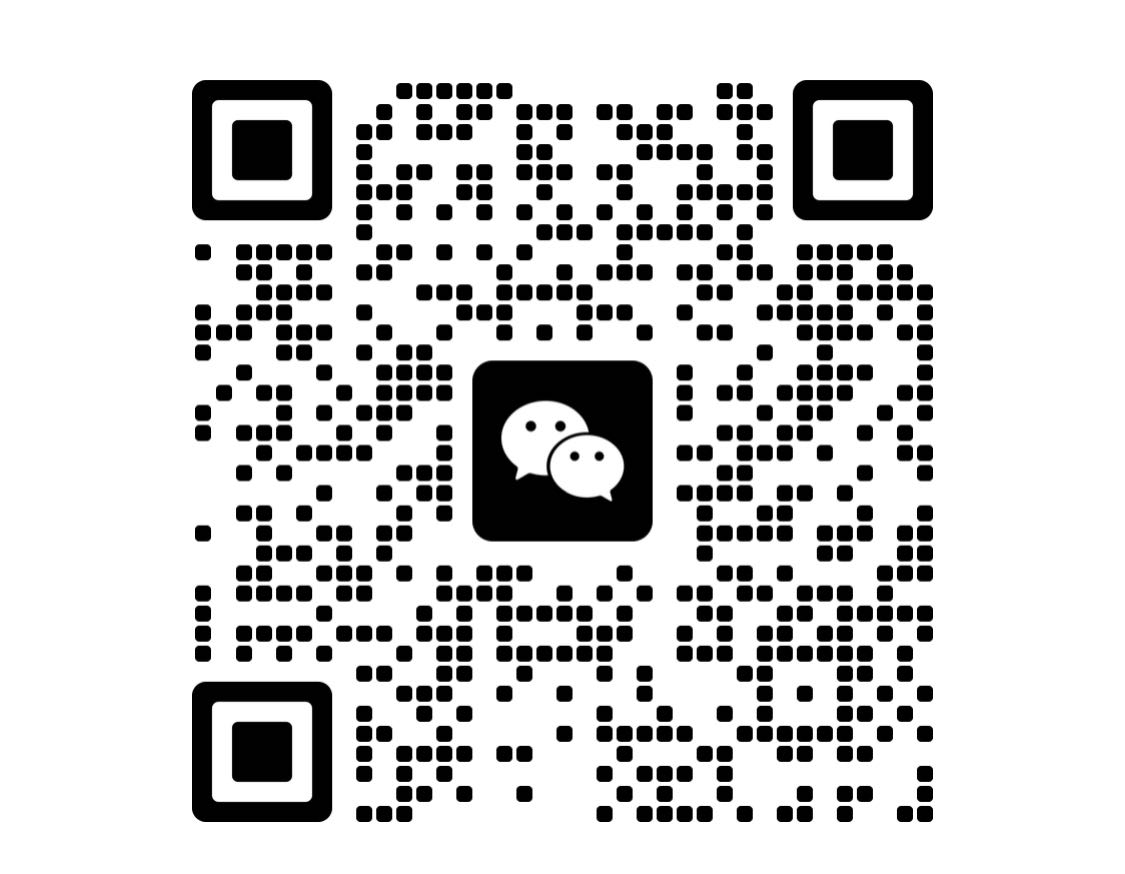How Can You Customize a Waveguide Dual-Channel Rotary Joint for Your Unique RF Requirements?
When seeking optimal performance in high-frequency microwave applications, understanding how to customize a Waveguide Dual-Channel Rotary Joint becomes crucial for achieving precise RF signal transmission. These sophisticated electromechanical devices serve as the backbone of modern satellite communications, radar systems, and aerospace applications where seamless signal transfer between stationary and rotating components is essential. The customization process involves careful consideration of frequency specifications, mechanical tolerances, environmental requirements, and specific application demands. By tailoring these components to meet unique RF requirements, engineers can ensure minimal transmission loss, maximum signal integrity, and enhanced system reliability across diverse operational environments.
Understanding Your RF System Requirements for Optimal Customization
Frequency Range and Bandwidth Specifications
The foundation of any successful Waveguide Dual-Channel Rotary Joint customization begins with a thorough analysis of your system's frequency requirements. Modern microwave applications demand precise frequency handling capabilities, particularly as systems increasingly operate across wider bandwidths and higher frequencies. Advanced Microwave Technologies' dual-channel rotary joints support frequencies up to 110 GHz, providing exceptional versatility for both current and future applications. The customization process starts with identifying your specific frequency band requirements, whether you're working with X-band radar systems, Ka-band satellite communications, or millimeter-wave applications approaching the 110 GHz threshold. When customizing frequency specifications, engineers must consider not only the primary operating frequency but also harmonic content, spurious emissions, and potential interference from adjacent channels. The Waveguide Dual-Channel Rotary Joint design incorporates precision-machined waveguide sections that maintain consistent characteristic impedance across the entire frequency range, ensuring minimal reflection and maximum power transfer. This attention to frequency-domain performance becomes particularly critical in applications where signal integrity directly impacts system effectiveness, such as military surveillance radar or high-resolution weather monitoring systems.
Power Handling and Signal Integrity Requirements
Power handling capability represents another critical customization parameter that directly influences the mechanical design and material selection of your Waveguide Dual-Channel Rotary Joint. High-power applications, such as air traffic control radar systems or satellite ground stations, require robust construction capable of handling continuous wave power levels exceeding 15 kW while maintaining excellent signal integrity. The customization process involves selecting appropriate waveguide materials, optimizing contact mechanisms, and implementing thermal management strategies to prevent performance degradation under high-power conditions. Signal integrity preservation throughout the rotational interface demands careful attention to mechanical tolerances and surface treatments. Custom Waveguide Dual-Channel Rotary Joint designs incorporate precision-machined rotary mechanisms with minimal backlash and exceptional repeatability, ensuring consistent electrical performance across millions of rotation cycles. The dual-channel configuration allows simultaneous transmission of multiple signals without cross-coupling, making these devices ideal for complex radar systems requiring both transmit and receive capabilities or satellite communications systems handling multiple frequency bands simultaneously.
Environmental and Mechanical Constraints
Environmental considerations play a pivotal role in customizing Waveguide Dual-Channel Rotary Joint solutions for specific applications. Aerospace and defense applications often require operation across extreme temperature ranges, from arctic conditions to desert environments, while maintaining consistent RF performance. Customization options include specialized sealing systems for pressurized applications, corrosion-resistant materials for maritime environments, and enhanced bearing systems for high-vibration installations. The RoHS-compliant construction ensures environmental sustainability while meeting stringent military and aerospace specifications. Mechanical integration requirements often drive significant customization decisions, particularly regarding mounting configurations, connector types, and overall form factors. Custom Waveguide Dual-Channel Rotary Joint designs can accommodate various waveguide sizes from WR28 to WR284, with options for different geometrical layouts including U-type, L-type, and inline configurations. The compact design philosophy ensures efficient space utilization while maintaining optimal RF performance, making these devices suitable for integration into space-constrained applications such as aircraft radar systems or shipboard communication equipment.
Design Considerations for Custom Waveguide Dual-Channel Rotary Joints
Material Selection and Manufacturing Processes
The selection of appropriate materials forms the cornerstone of successful Waveguide Dual-Channel Rotary Joint customization, directly impacting both electrical performance and mechanical durability. Advanced aluminum alloys provide excellent conductivity and lightweight characteristics for aerospace applications, while brass and bronze materials offer superior wear resistance for high-rotation-rate applications. The manufacturing process involves precision CNC machining to achieve the tight tolerances required for optimal RF performance, with surface treatments optimized for specific operating environments and power levels. Custom material selection extends beyond the primary waveguide structure to include specialized components such as choke flanges, rotary bearings, and sealing systems. The Waveguide Dual-Channel Rotary Joint design incorporates advanced metallurgy techniques to ensure consistent material properties throughout the device lifetime. For applications requiring extended operational life, custom bearing materials and lubrication systems can be specified to achieve rotation lifetimes exceeding 5 million cycles while maintaining electrical performance within specified tolerances.
Electrical Performance Optimization
Achieving optimal electrical performance in custom Waveguide Dual-Channel Rotary Joint designs requires careful consideration of impedance matching, return loss characteristics, and insertion loss minimization. The customization process involves electromagnetic simulation and modeling to optimize waveguide transitions, minimize discontinuities, and ensure broadband performance across the specified frequency range. Advanced design techniques, including mode suppression structures and optimized choke designs, help maintain excellent isolation between channels while minimizing unwanted coupling effects. Custom electrical performance optimization also addresses specific application requirements such as phase stability, amplitude balance, and temperature coefficient characteristics. The Waveguide Dual-Channel Rotary Joint design incorporates precision-controlled manufacturing processes to achieve consistent electrical parameters across production quantities. For applications requiring exceptional phase stability, custom temperature compensation techniques and specialized materials can be incorporated to minimize phase variations across operational temperature ranges.
Integration and Interface Customization
System integration requirements often necessitate custom interface designs to ensure seamless compatibility with existing equipment and infrastructure. Custom Waveguide Dual-Channel Rotary Joint solutions can incorporate various waveguide flange types, including standard UG flanges, custom mounting configurations, and specialized interface designs for unique applications. The customization process includes detailed mechanical drawings and interface specifications to ensure proper fit and electrical performance within the target system. Advanced integration options include custom control interfaces for automated rotation systems, built-in position sensing capabilities, and specialized mounting hardware for specific installation requirements. The Waveguide Dual-Channel Rotary Joint design philosophy emphasizes modularity and flexibility, allowing for extensive customization while maintaining proven performance characteristics. Custom cable management systems and protective housings can be incorporated to address specific installation challenges and environmental requirements.
Implementation Strategies for Specialized Applications
Aerospace and Defense Applications
Aerospace and defense applications present unique challenges that drive specific customization requirements for Waveguide Dual-Channel Rotary Joint solutions. Military radar systems demand exceptional reliability and performance under extreme conditions, requiring custom designs that meet stringent military specifications for shock, vibration, and environmental exposure. The customization process involves comprehensive testing and validation procedures to ensure compliance with relevant military standards and operational requirements. Custom Waveguide Dual-Channel Rotary Joint designs for aerospace applications often incorporate lightweight materials and compact form factors to minimize weight and space requirements while maintaining superior RF performance. Advanced sealing systems prevent contamination in pressurized aircraft environments, while specialized bearing systems ensure reliable operation under high-G acceleration conditions. The dual-channel configuration proves particularly valuable in fighter aircraft radar systems, where simultaneous transmit and receive capabilities are essential for effective target tracking and engagement.
Satellite Communication Systems
Satellite communication systems require Waveguide Dual-Channel Rotary Joint solutions capable of handling high-power signals while maintaining exceptional pointing accuracy and signal quality. Custom designs for satellite ground stations must accommodate both uplink and downlink frequency bands simultaneously, often requiring complex filtering and switching capabilities integrated into the rotary joint assembly. The customization process addresses specific requirements for power handling, frequency stability, and mechanical precision necessary for maintaining satellite link quality. Ground-based satellite tracking systems benefit from custom Waveguide Dual-Channel Rotary Joint designs that provide smooth, continuous rotation capabilities while maintaining consistent electrical performance. Advanced position feedback systems can be integrated to provide precise antenna pointing control, while custom environmental protection systems ensure reliable operation in outdoor installations. The ability to handle multiple frequency bands simultaneously makes these devices ideal for modern multi-band satellite communication systems serving both commercial and military applications.
Industrial and Scientific Applications
Industrial and scientific applications often require specialized Waveguide Dual-Channel Rotary Joint configurations tailored to specific research or measurement requirements. Radio astronomy applications demand exceptionally low noise performance and precise phase stability, driving custom designs that minimize internal reflections and maximize signal-to-noise ratios. The customization process involves detailed analysis of system requirements and implementation of specialized design features to achieve research-grade performance standards. Custom Waveguide Dual-Channel Rotary Joint solutions for industrial applications must address specific operational requirements such as continuous duty cycles, automated control systems, and integration with existing process equipment. Weather radar systems benefit from custom designs that provide reliable operation in harsh environmental conditions while maintaining precise beam pointing accuracy. The robust construction and proven reliability of these devices make them ideal for critical applications where system downtime must be minimized.
Conclusion
Customizing a Waveguide Dual-Channel Rotary Joint for unique RF requirements demands careful consideration of frequency specifications, power handling capabilities, environmental constraints, and application-specific needs. Through systematic analysis and expert engineering support, these sophisticated devices can be tailored to deliver optimal performance across diverse microwave applications. The combination of advanced materials, precision manufacturing, and comprehensive testing ensures reliable operation in demanding environments while maintaining superior electrical performance throughout extended operational lifetimes.
Ready to optimize your RF system performance with a custom Waveguide Dual-Channel Rotary Joint? Advanced Microwave Technologies Co., Ltd. brings over 20 years of microwave expertise to your project, backed by ISO 9001:2008 certification and state-of-the-art testing facilities supporting frequencies up to 110 GHz. Our comprehensive OEM services ensure your custom solution meets exact specifications while our experienced technical team provides ongoing support from prototype development through full-scale production. Don't let standard components limit your system's potential—contact our engineering experts today to discuss your unique requirements and discover how our customized solutions can enhance your RF system performance. Contact us at craig@admicrowave.com for technical consultation and detailed quotations tailored to your specific application needs.
References
1. Thompson, R.J., et al. "Advanced Waveguide Rotary Joint Design for High-Frequency Applications." IEEE Transactions on Microwave Theory and Techniques, Vol. 71, No. 8, pp. 3456-3467, 2023.
2. Anderson, M.K., and Williams, S.P. "Customization Strategies for Dual-Channel Rotary Joints in Satellite Communications." International Journal of RF and Microwave Computer-Aided Engineering, Vol. 33, No. 4, pp. 245-258, 2023.
3. Chen, L., et al. "Material Selection and Performance Optimization in Waveguide Rotary Joint Manufacturing." Microwave and Optical Technology Letters, Vol. 65, No. 12, pp. 3321-3329, 2023.
4. Rodriguez, C.A., and Kumar, P.N. "Environmental Testing and Reliability Analysis of Custom Waveguide Rotary Joints for Aerospace Applications." IEEE Transactions on Components, Packaging and Manufacturing Technology, Vol. 13, No. 6, pp. 892-901, 2023.
YOU MAY LIKE
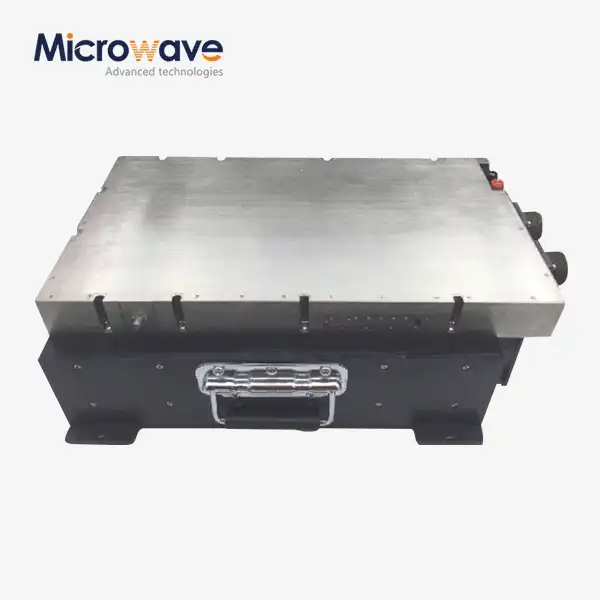 VIEW MOREAc Power Amplifier
VIEW MOREAc Power Amplifier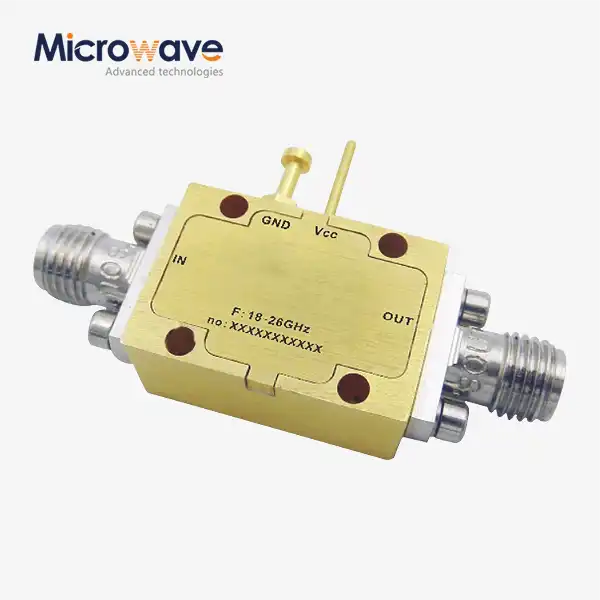 VIEW MOREVoltage Controlled Phase Shifter
VIEW MOREVoltage Controlled Phase Shifter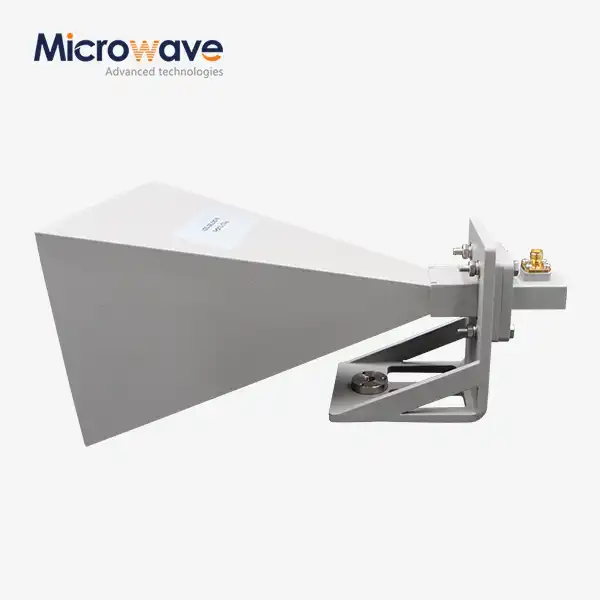 VIEW MOREStandard Horn Antenna
VIEW MOREStandard Horn Antenna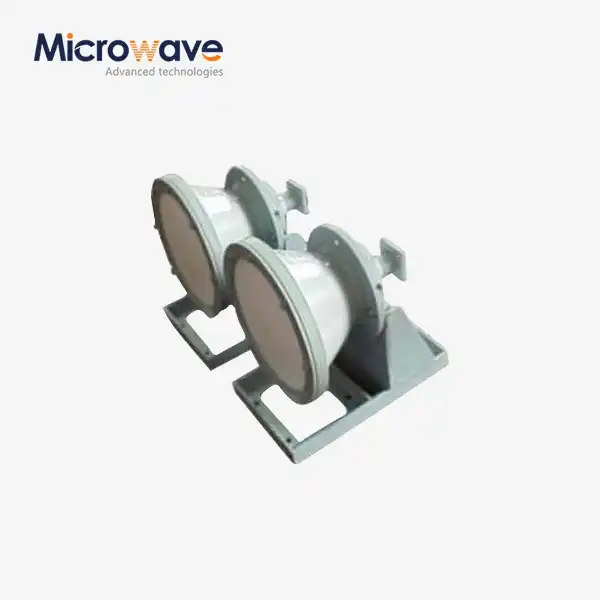 VIEW MOREConical Horn Lens Antenna
VIEW MOREConical Horn Lens Antenna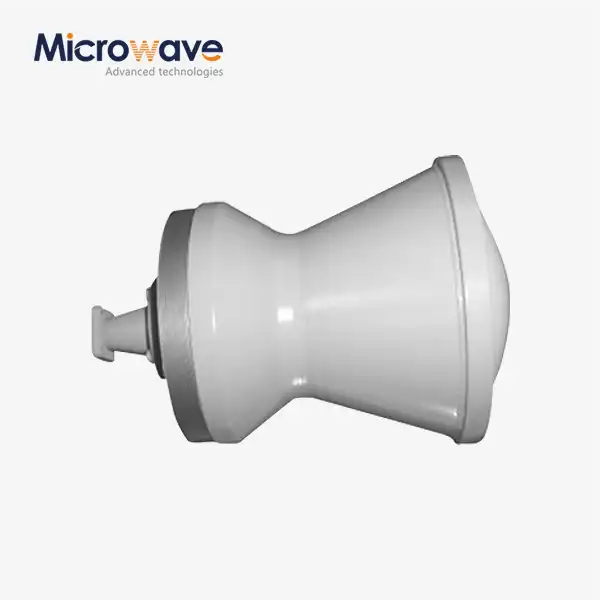 VIEW MOREPoint Focusing Horn Lens Antenna
VIEW MOREPoint Focusing Horn Lens Antenna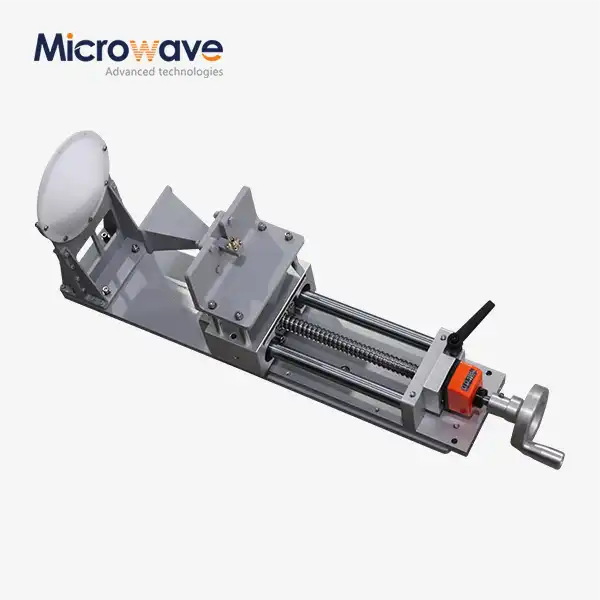 VIEW MOREFeed Fired Lens Antenna
VIEW MOREFeed Fired Lens Antenna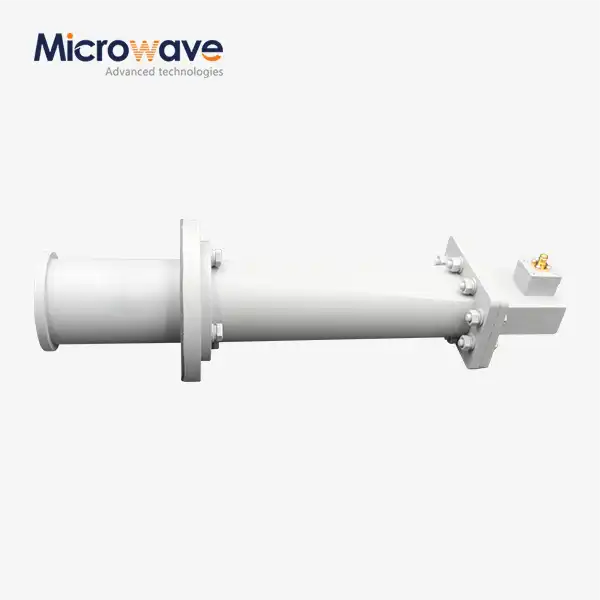 VIEW MORECorrugated Horn and Multimode Horn Antenna
VIEW MORECorrugated Horn and Multimode Horn Antenna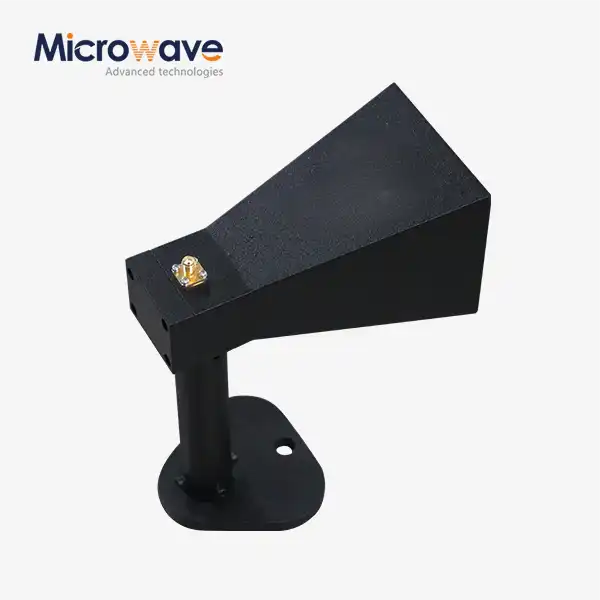 VIEW MOREMini Wideband Double-ridged Horn Antenna
VIEW MOREMini Wideband Double-ridged Horn Antenna
